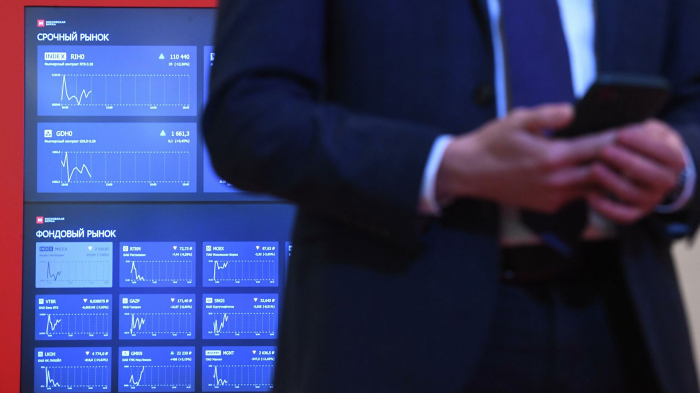- How would you assess the situation in the global gas market over the past several months?
- Generally, I would review the situation starting from September of last year. The average gas prices in Europe have been about $1,000 per thousand cubic meters since September. The fluctuations that we see in the futures market are reflections of traders’ moods. However, the final price for real consumers is nearly $1,000 per thousand cubic meters. Therefore, the gas price in the European market is more than $2,000 per thousand cubic meters and $900 per thousand cubic meters - actually, it is a normal fluctuation. Moreover, this will not change in Europe until the end of the heating season. Thus, the average gas price in Europe will remain $1,000 per thousand cubic meters.
- What main factors played a role in rising gas prices in Europe, in your view?
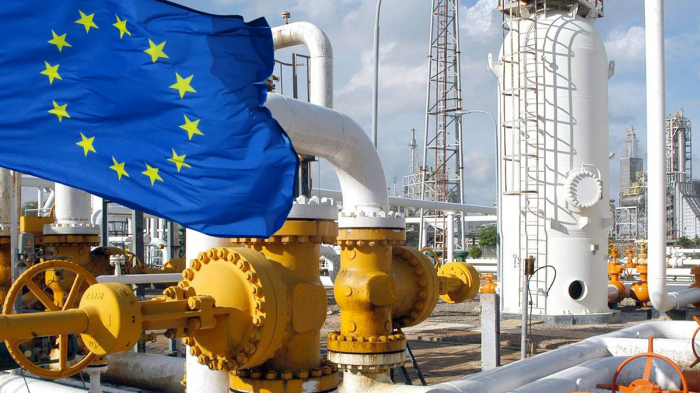
- It started last year when the winter was too cold, colder than this year. It was cold both in Europe and in Asia. Starting from the winter of last year, the Asians began to get most of the volume of natural gas. In addition, prices in Asia have been significantly higher than in Europe for the whole of last year. A year ago, gas prices in the Asian market were $ 1000-1200 per thousand cubic meters and a maximum of $ 350 per thousand cubic meters in the European market. The level of gas reserves in Europe was affected by the cold winter. It reached the minimum value, and the hot summer affected it too. Gas demand also increased. The stocks were filled minimally, only to make it through the winter. Indeed, a marathon of increase in gas prices started. Stocks remain at the minimum compared to the periods of previous years. It seems that we will end this heating season with an absolute minimum storage level. Currently, the storage filling level across Europe is just under 30% now. Thus, we will beat this historical record. Consequently, prices continue to be under pressure and nothing has changed this ratio yet. The maximum that happens is the smoothing of the peaks ($2000), which are unacceptable in this situation. The gas price at $1,000 a year ago seemed unrealistic.
- How long will the rally of gas prices continue in Europe?
- The gas price will be $1,000 per 1,000 cubic meters at least until the end of the heating season. At maximum, I think until the full launch of ‘Nord Stream 2’. If this situation remains in the third quarter, maybe even at the beginning of the fourth, we can live the whole of 2022 with such high prices. They can fluctuate, decrease to $900-800 per thousand cubic meters, maybe even a little lower, but on average, the situation will still be many times higher than what Europe is used to.
- How can you explain the EU's refusal of long-term contracts in favor of spot contracts?
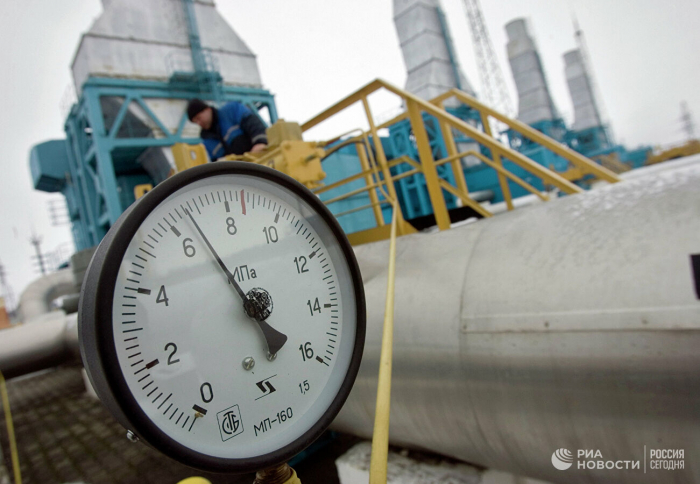
- Actually, the ideology of the founders of such contracts was 'trading in the day ahead mode', as close as possible to the time of consumption, allowing you to compete and get the best price. There is a myth that complete competition in the energy market provides the best and most efficient price for consumers. However, it is a mistake of the ultraliberal concept of commodity markets. In fact, since the nature of commodity markets has a long-term basis in the form of investments that are made for decades to come, they cannot be subject to only short-term changes. There are additional risks here. We saw it in 2020 when the gas price in Europe dropped below $40 per thousand cubic meters, and we saw last year when the gas price s was over $1,000 per thousand cubic meters. It is the cost for the ultra-liberal concept of commodity markets development.
- The EU discusses the possibility of a swap deal with the United States, Qatar, and Azerbaijan to avoid interruptions in gas supplies to Europe, which, particularly, can be caused by the situation around Ukraine. What can be entrusted to Azerbaijan in the recovery and resolution of the gas crisis in Europe? How do you assess the prospects for Azerbaijani gas supplies to Eastern Europe?
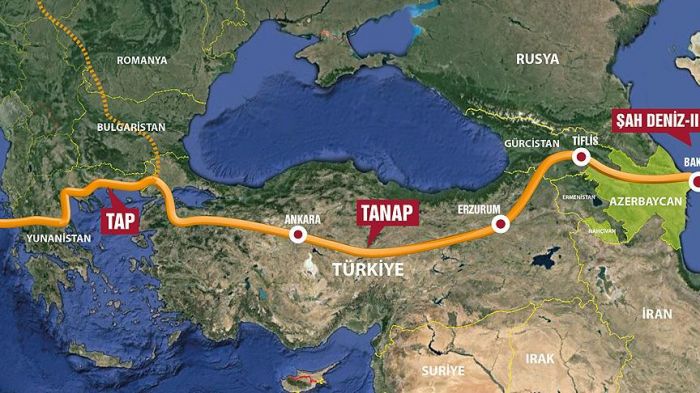
- Let's take a look at geography. The Trans Adriatic Pipeline transports natural gas from the Caspian region to Europe by connecting to the Trans Anatolian Pipeline (TANAP). TAP travels through Greece and Albania, under the Adriatic Sea, and comes ashore in Italy. In principle, there is a system of interconnectors connecting parts of Europe, but it is not yet so well developed to easily transfer gas from the south of Europe to the east. Besides, the gas pipeline has a limited capacity. Most of the gas is transported to Turkey, the biggest importer of Azerbaijani gas. The rest of the gas (30 times lesser than the annual delivery of Gazprom) goes to the European market. Therefore, when it comes to whether Azerbaijan can somehow replace and push Russia, the answer is no. These are various weight categories.
In my opinion, the European Union will negotiate gas supplies with Qatar, Azerbaijan, and Australia. You know, there is no excess gas in the world. The volumes that we talk about now -in the context of sanctions against Russia - are 180 billion cubic meters. It is the last year's figure and simply does not exist. Transportation from Qatar to Europe can be possible only when Qatar ceases gas supply to Asia. Australia must also switch from Asia to Europe, and for some reason, the Americans also deliver liquefied gas only to Europe. It is possible if the gas price in Europe is $ 3,000 per thousand cubic meters. I assure you that all liquefied natural gas of the world will flow to Europe. The most interesting is that Russian liquefied gas also goes to Europe, and Russia is Europe's main gas provider.
- Some countries make bids for hydrogen energy now. There is a firm opinion that hydrogen energy has a great future? How do you assess the prospects for the development of hydrogen energy in the world?
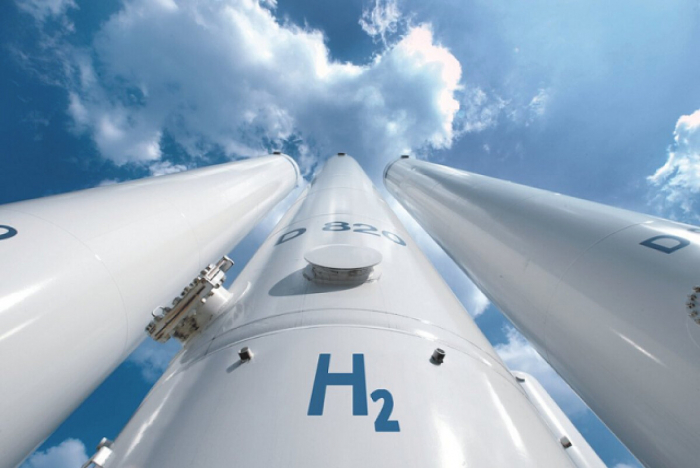
- Hydrogen energy is expected to become the choice of the future. However, it will probably happen closer to the middle of the century. Up to this point, you need to decide on what type of hydrogen interests you. Europe makes a bid on green hydrogen produced from the electrolytic decomposition of water (from green energy sources), while others have not expressed their preferences about what hydrogen is made from. The main problem here is not the source of hydrogen, but rather the development of infrastructure. The current gas supply systems are not fully adapted to transport hydrogen. Unlike methane, hydrogen gas is more volatile. That is why, it will be necessary to transmit some mixtures, for instance, methane-hydrogen, or redo the infrastructure.
It is an interesting topic but is expensive for now. The project is being launched. Due to the increasing number of such projects, the price of hydrogen will decline. Actually, the cornerstone is the production of hydrogen at a cost of about 1.5-2 dollars per kg. Once it is achieved, then hydrogen gas will hold its place in the energy balance of the world. Our humanity is gradually moving towards it. At the end of the century, the world will turn into the world of hydrogen. The world will be different, carbon-free, etc.
- It is rather obvious that this will require a huge investment...
- The volume of investments in the new hydrogen energy is tens of trillions of dollars. To receive this energy annually, even Europeans will have to invest trillions of dollars.
- How would you assess the situation in the global gas market over the past several months?
- Generally, I would look at the situation starting from September of last year. If we review the average price during this period, it is 5 months that the average price of gas in Europe is about $1,000 per thousand cubic meters. The fluctuations that we see in futures market are a reflection of traders’ moods. However, the final price for real consumers is nearly $1,000 per thousand cubic meters. Therefore, the gas price in the European market is more than $2,000 per thousand cubic meters and $900 per thousand cubic meters - actually, it is a normal fluctuation. And this will not change in Europe until the end of the heating season. Thus, the average gas price in Europe will remain $1,000 per thousand cubic meters.
- What factors had the main role in rising gas prices in Europe, in your view?
- It started last year when the winter was too cold, colder than this year. It was cold both in Europe and Asia. Starting from the winter of last year, the Asians began to get most of the volume of natural gas. And prices in Asia have been significantly higher than in Europe for the whole of last year. A year ago, gas prices in the Asian market were at the level of $ 1000-1200 per thousand cubic meters, and a maximum of 350 dollars per thousand cubic meters in the European market. And certainly, it went mostly there. The level of gas reserves in Europe was affected by the cold winter. it reached the minimum value, and the hot summer also made an adjustment. Gas demand also increased. The stocks were filled below the average level needed to make it through the winter. Indeed, from this period a marathon of increase in gas price started. Stocks remain at the minimum value compared to the periods of previous years. It seems that we will end this heating season with an absolute minimum storage level. Currently, gas reserves of Europe are at the level of the end of February, 2021. Thus, we will beat this historical record. Consequently, prices continue to be under pressure and nothing has changed this ratio yet. The maximum that happens is the smoothing of the peaks ($2000), which are unacceptable in this situation. The gas price at $1,000 a year ago seemed unrealistic.
- How long will the rally of gas prices continue in Europe?
- The gas price will be $1,000 per 1,000 cubic meters at least until the end of the heating season. At maximum, I think until the full launch of ‘Nord Stream 2’. If this situation remains in the third quarter, maybe even at the beginning of the fourth, we can live the whole of 2022 with such high prices. They can fluctuate, decrease to $900-800 per thousand cubic meters, maybe even a little lower, but on average, the situation will still be many times higher than what Europe is used to.
- How can you explain the EU's refusal of long-term contracts in favor of spot contracts?
- Actually, the ideology of the founders of such contracts was 'trading in the day ahead mode', as close as possible to the time of consumption, allowing you to compete and get the best price. There is a myth that complete competition in the energy market provides the best and most efficient price for consumers. However, it is a mistake of the ultraliberal concept of commodity markets. In fact, since the nature of commodity markets has a long-term basis in the form of investments that are made for decades to come, they cannot be subject to only short-term changes. There are additional risks here. We saw it in 2020 when the gas price in Europe dropped below $40 per thousand cubic meters, and we saw last year when the gas price s was over $1,000 per thousand cubic meters. It is the cost for the ultra-liberal concept of the development of commodity markets.
- The EU discusses the possibility of a swap deal with the United States, Qatar, and Azerbaijan to avoid interruptions in gas supplies to Europe, which, particularly, can be caused by the situation around Ukraine. What role can be assigned to Azerbaijan in the settlement of the gas crisis in Europe? How do you assess the prospects for Azerbaijani gas supplies to Eastern Europe?
- Let's take a look at geography. There is the TAP gas pipeline and then its continuation TANAP, which goes exceptionally to Southern Europe. In principle, there is a system of interconnectors connecting parts of Europe, but it is not yet so well developed to easily transfer gas from the south of Europe to the east. Besides, the gas pipeline has a limited capacity. Note that most of the gas that is transported through it, firstly, is received by Turkey, which is the largest buyer of the Azerbaijani gas.The rest of the gas goes to the European market, which is about 30 times less than what Gazprom delivers annually. Therefore, when it comes to whether Azerbaijan can somehow replace and push Russia, the answer is no. These are various weight categories. And in my opinion, all these negotiations about whether Qatar, Azerbaijan and someone else will supply, even Australia is being considered. You know, there is no excess gas in the world. The volumes that we talk about now, in the context of sanctions against Russia, are 180 billion cubic meters. It is from last year, they simply don’t exist physically. To apply them to Europe, it is necessary that Qatar completely ceases gas supply to Asia, that Australia also switches from Asia to Europe, and for some reason the Americans also begin to supply liquefied gas only to Europe. It is possible if the gas price in Europe is $ 3,000 per thousand cubic meters. I assure you that all liquefied natural gas of the world will flow to Europe. The most interesting is that Russian liquefied gas also goes to Europe, and Russia is a major supplier of liquefied natural gas to Europe.
- Now some countries make bids for hydrogen energy. There is a firm opinion that hydrogen energy has a great future? How do you assess the prospects for the development of hydrogen energy in the world?
- In my view, hydrogen energy will become a key power and the basis of the energy of the whole world. However, it will probably happen closer to the middle of the century. Up to this point, you need to decide on what hydrogen interests you. Europe makes a bid on green hydrogen produced from the electrolytic decomposition of water (from green energy sources), while others have not expressed their preferences about what hydrogen is made from.The main problem here is not the source of hydrogen, but rather the development of infrastructure. Since the current gas supply systems that they want to use to transport hydrogen are not fully adapted to it. Unlike methane, hydrogen gas is more volatile. That’s why, it will be necessary to transmit some mixtures, for instance, methane-hydrogen, or redo the infrastructure.
It is an interesting topic but is expensive for now. The project is being launched. Due to the increasing number of such projects, the price of hydrogen will decline. Actually, the cornerstone is the production of hydrogen at a cost of about 1.5-2 dollars per kg. Once it is achieved, then hydrogen gas will hold its place in the energy balance of the world. Our humanity is gradually moving towards it. At the end of the century, the world will turn into the world of hydrogen. The world will be different, carbon-free, etc.
- It is rather obvious that this will require a huge investment ...
- The volume of investments in the new hydrogen energy is tens of trillions of dollars. To receive this energy annually, even Europeans will have to invest trillions of dollars.
Seymur Mamedov
Translated by Gunel Hashimova
More about:








